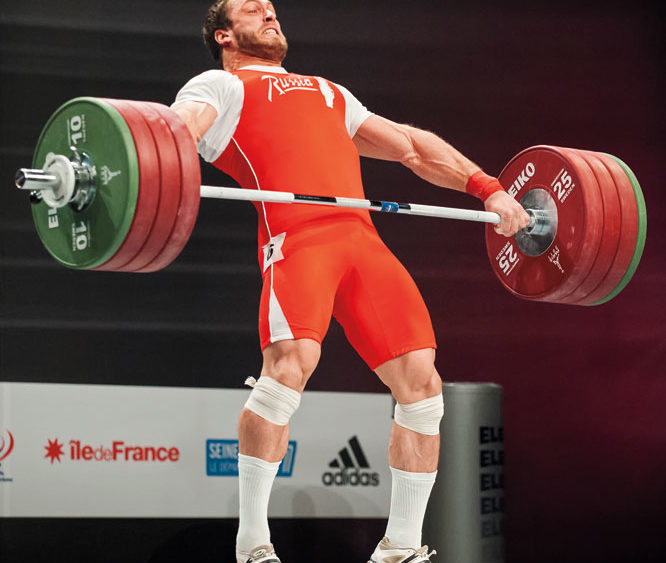
What may be the most troublesome and frustrating movement we do is equally the most beneficial to your overall fitness. The snatch is without peer in its’ benefit to improve strength, power, flexibility, speed, stamina, coordination, accuracy, agility, and balance. You could say the only aspect of fitness it does not improve is cardio respiratory endurance but we all know that isn’t true when it comes to a workout like “Isabel” or “Randy”.
The snatch combines every facet of fitness into one beautiful, symphony of movement. The better you get at it, the fitter you will be. Period.
The Start:
Often times the beginning of the snatch proves to be the most difficult for folks and why that is remains a mystery to me. My theory is simply a lack of development of the hamstrings and spinal erectors. This imbalance between the quads and hamstrings makes people feel as though they have to use the quads to lift the most weight. While the quads are an important piece of the lift, the beginning must be reliant on the hamstrings, glutes, and spinal erectors. The lift begins by PUSHING away from the floor while moving the knees back. This is often referred to as “the first pull”. While it is a pull, that labeling can sometimes cause athletes to perform almost a stiff legged deadlift which is going to certainly halt development. The athlete must push away from the floor with the legs while also maintaining a 45 degree angle with the torso. This keeps the hip in a closed position which will be very important later. The torso must not incline too far forward though. If the athlete can reach the top of the knee with this proper bar path and body position, they’ll be ready for the next step in the movement.
The Collision:
What is often referred to as “the 2nd pull”, is the part of the movement most folks are just hesitant about and that is the collision with the bar against the thighs or hip. If the first pull goes wrong, the 2nd pull certainly will so again it is very important to ensure the hip is CLOSED from the floor to the top of the knee. Now, once the athlete has reached the top of the knee they will begin driving the shoulders back and directing the bar back into their center of mass (right over the middle of the foot). The feet must be flat on the ground. It is at this point that the athlete will extend their body into the bar with every ounce of strength they have. It is a violent punch upward of the bar. Anything less and the bar will move the athlete, not the other way around. When the athlete makes the collision, the shoulders should be pointing behind the athlete, hips should have moved upward not forward, and the knees and ankles should be completely extended. This violent force into the bar begins to propel it upwards and makes the bar weightless for a brief moment.
The Catch:
This is without question one of the most difficult things to do in sport because of the amount of accuracy involved. If you had to compare it to something in sports, it would be the difference between a strike or a homerun or a touchdown and an interception. One centimeter off and the lift will not be made. Once the bar has begun making it’s upward trajectory it is the job of the athlete to begin GUIDING the bar upwards with their arms while DROPPING their entire body down. The arms job is to simply “catch” the weight. They must be 100% ready to stick that landing and “catch” the bar. A soft landing of the arms and the bar will surely drop forward onto the floor. The bar should be received with COMPLETELY straight arms. This will happen at the exact same time the athlete positions their body in the bottom of the overhead squat. This requires a ton of flexibility so be sure you have that as a prerequisite before attempting a full squat snatch. Once the bar is caught and stable in the overhead position, the athlete can stand and finish the movement.
The snatch is a movement that takes years to perfect. It’s a movement that needs to be perfected step by step. I implore you to watch olympic weightlifters and try to dissect their movement as it is something they have been working on since they were kids. The frustration will be there but the payoff is worth it. I guarantee it.
